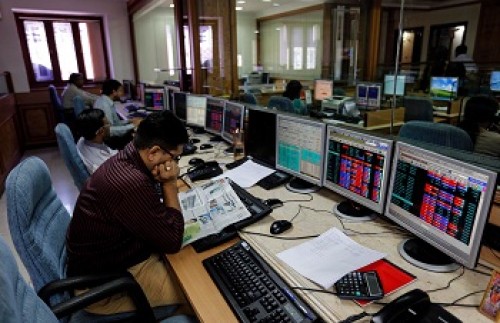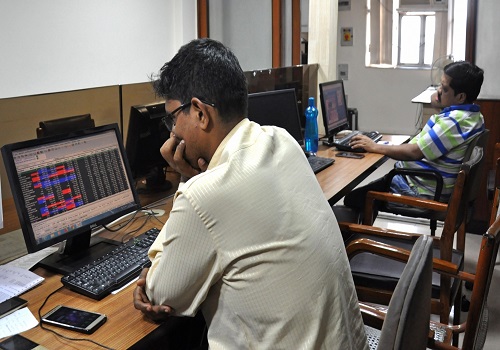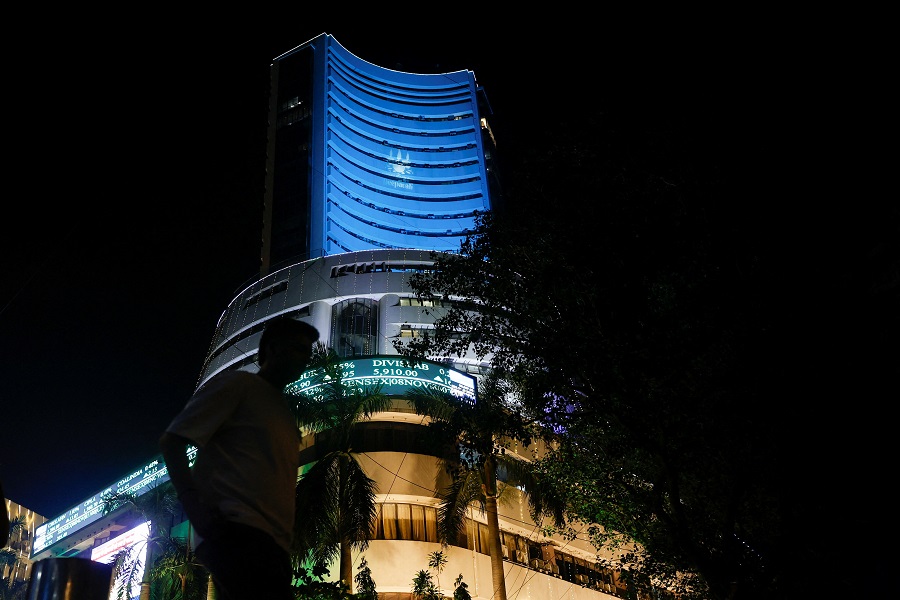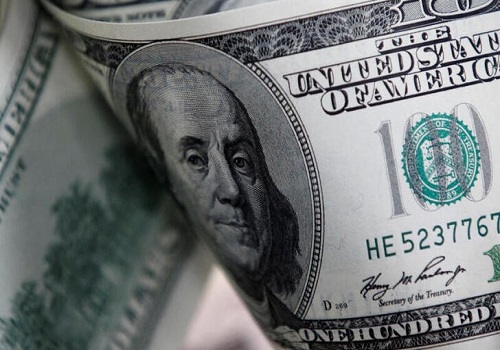Comment on U. S. Fed Announcement by Arvind Chari, Quantum Advisors
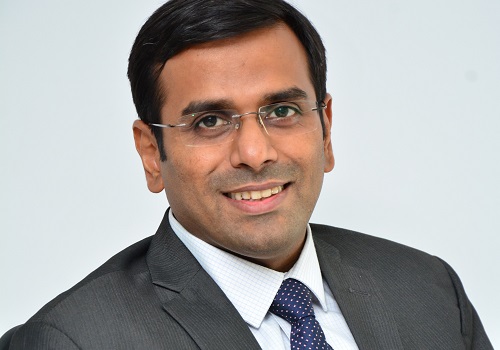
Below is Comment on U. S. Fed Announcement by Arvind Chari, CIO, Quantum Advisors
From Festina Lente to Warp Speed
Some Central Banks seem to be in a hurry this year. The US FED has hiked rates by 150 bps between March and June. The RBI has hiked the Repo rate by 90 bps since May, however, the effective rate hike in India has been about 130 bps given the shrinking of the reverse repo – repo rate corridor.
Most Central Banks spent the latter part of 2021 by initially ignoring inflation to remain growth supportive, then hoped that inflation would be ‘transitory’. They recognised its severity and began acting on it, however, they would wish and pray now for some divine intervention.
‘Festina Lente’ which means ‘make haste slowly’ in Latin., is an oxymoron. The Central Bankers, given how much they had mollycoddled the markets, wanted to act on inflation but at a measured pace. In the latter part of 2021 and the pre-war months of 2022, they spent on communicating that they will hike but at a measured pace. They did not want to rock the markets. That approach is not working.
They are now in Operation Warp Speed and are not only shocking the markets but also are unable to convincingly guide on future expectations.
The FOMC now forecasts the median FED Funds rate (based on the ‘dot-plots’) to be 3.4% by the end of 2022, this would mean a total of 200 bps (2.0%) rate hikes in the next four scheduled meetings. In March 2022, the median FED Funds rate for 2022 as per its own forecast was to be 1.9%. In 2023, they expect the median rate to be 3.8%, up from 2.8% in the March forecast.
This is hiking in stealth. Something that the markets are already kind of priced for. The 2-year US treasury bond yield (which rose a lot last week) is now well above 3% and so is the US 10-year bond yield.
We sort of see that in India as well. The 2-year government bond at ~6.7% and the 10 year at 7.5% is priced for a 6% Repo rate sometime next year.
The challenge for the Central Bankers is this – if commodity prices do not correct, the entire onus on dealing with inflation will be with the central bank. The only tools they have is higher interest rates and tighter liquidity.
The FED expects that a FED Funds rate averaging 3.5% over the next 2 years will be enough to get inflation back to its 2% range with some growth sacrifice but no major increase in unemployment. If this happens, great. Long bond yields will fall, and equities will trend higher. This is what they term, a soft landing. Markets are currently priced for a soft-landing scenario.
If it doesn’t play out that way, we are in some trouble. If PCE inflation (FEDs measure) falls only to 4% in 2023 from the current levels of 5.5%, it would force the FED to hike way more than current expectations and tighten its balance sheet at a faster pace. This would mean higher bond yields, weaker equities, and an economy’s path towards recession. A hard landing.
The moot point is, that we don’t know. Hence, investing has to accommodate probability, some base assumptions, and the ability to react.
For Indian fixed income, we have always maintained that liquid funds are the best way to play this rate hiking cycle. However, given that medium to long bond yields are now above their long-term averages, we had recommended a gradual increase in allocation to say a dynamic bond fund over the course of the coming year with a 2-3 year horizon. This is with full cognisance that returns will be volatile and this is only an alternative to the yet low-yielding fixed deposits.
In Equities, near-term concerns dominate. However, an increase in formal employment, a recovery in residential real estate, better control over farm prices, and a healthy corporate/bank balance sheet suggests that medium-term cyclical recovery will continue despite near-term headwinds. Stock market corrections will remain an opportunity to add to your long-term portfolio.
Above views are of the author and not of the website kindly read disclaimer

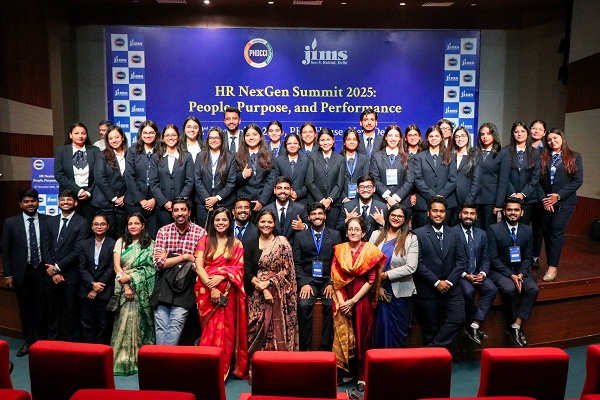




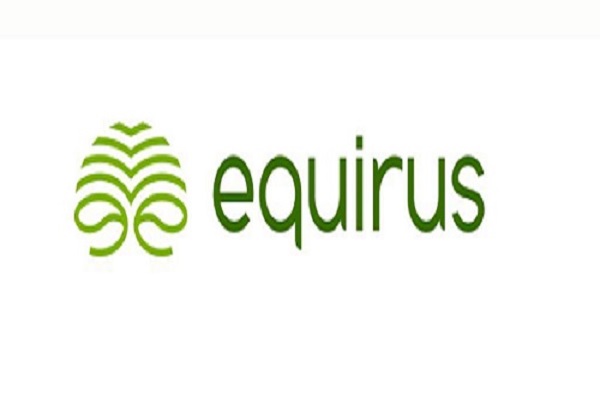
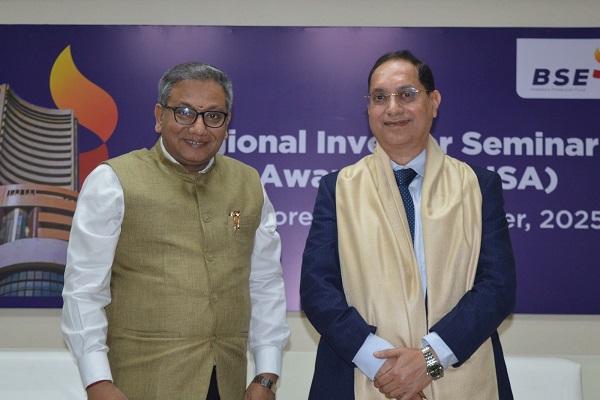

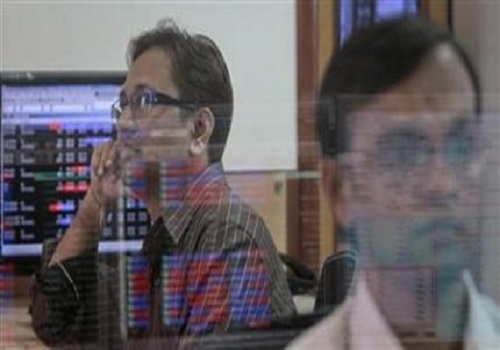
Tag News
More News
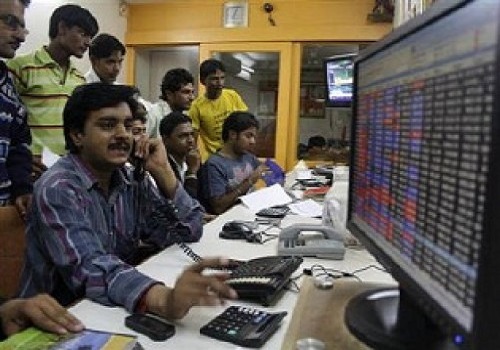
Quote on Morning Market Views 23th June 2025 by Dr. VK Vijayakumar, Chief Investment Strateg...
